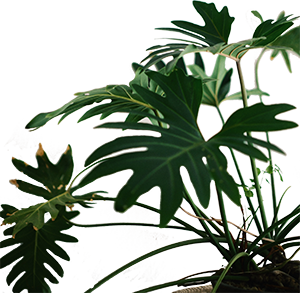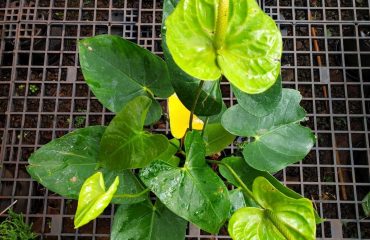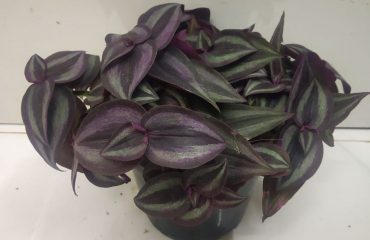All you need to know about Calathea plants!
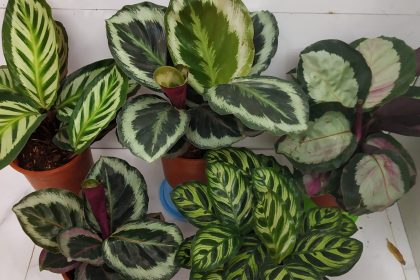
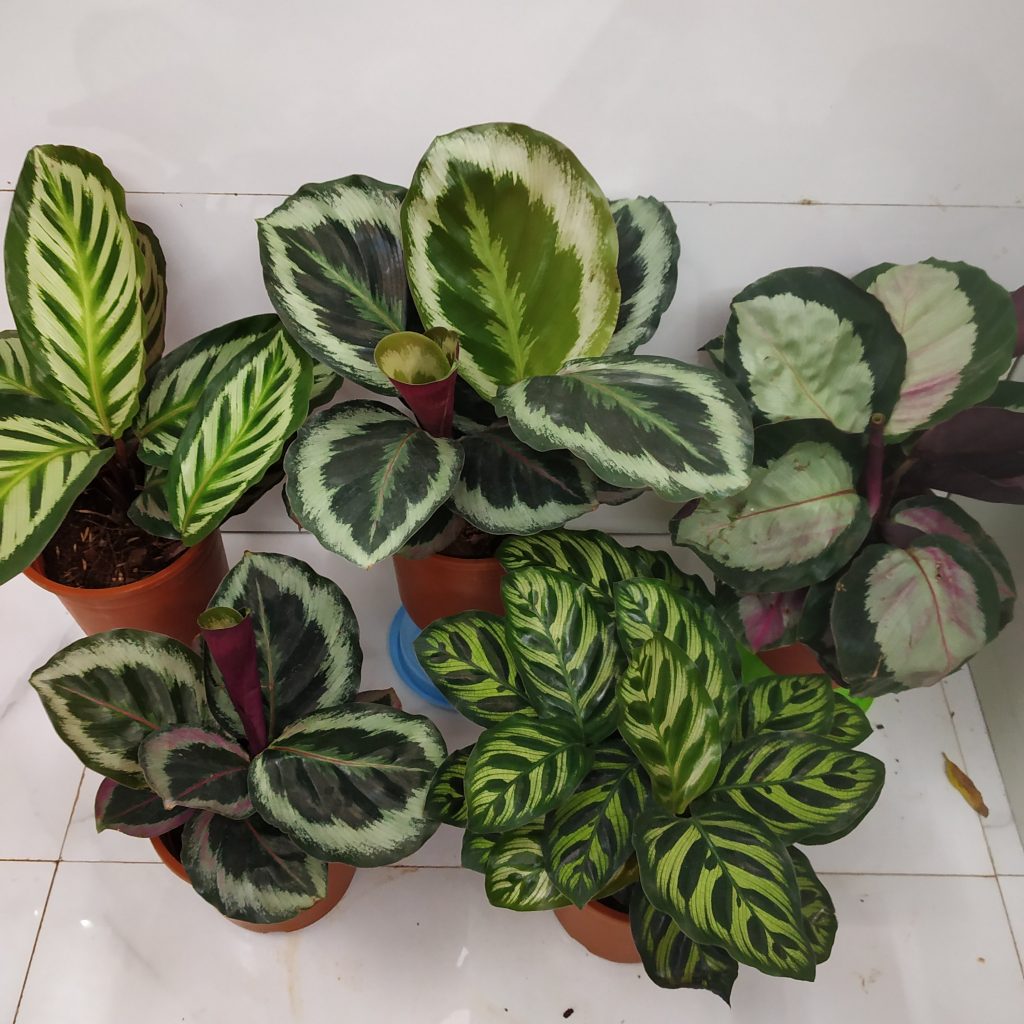
Calathea plants, grown for their beautiful foliage have been adorning homes for decades. With flashes of bright colours such as neon green, deep purples, bright pinks, and more, their striking leaves would certainly grab attention. There is a wide range of different varieties, each with fascinating and bold patterns on their leaves. These big beautifully patterned leaves, with an array of colours is the main reason why Calatheas are wildly popular decorative plants.
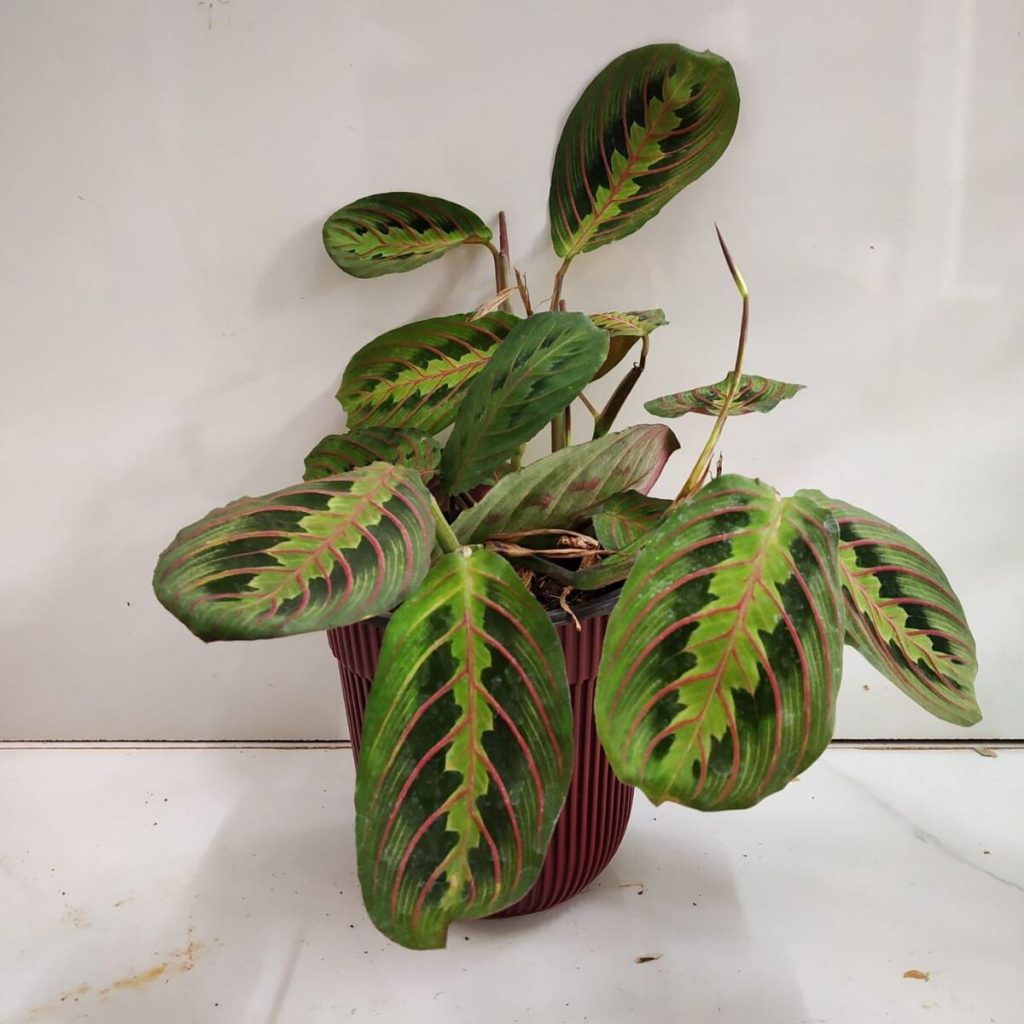
CALATHEA(Prayer Plant, Peacock Plant)Common Types of Calathea:
- Pinstripe Calathea
- Calathea Medallion
- Calathea Ornata
- Calathea Orbifolia
- Calathea Lancifolia
Light:
Calatheas thrive in medium, indirect sunlight but tolerate lower light levels too. Bright direct sunlight can cause the stunning colours on their leaves to fade, with prolonged exposure likely to burn and scorch their leaves.
Water:
Calatheas enjoy weekly waterings, allowing the top 2’ of soil to dry out partially. In winter, we recommend watering less frequently to prevent overwatering and root rot. This plant is not very drought tolerant, and extended periods of dryness will cause leaf edges to brown.
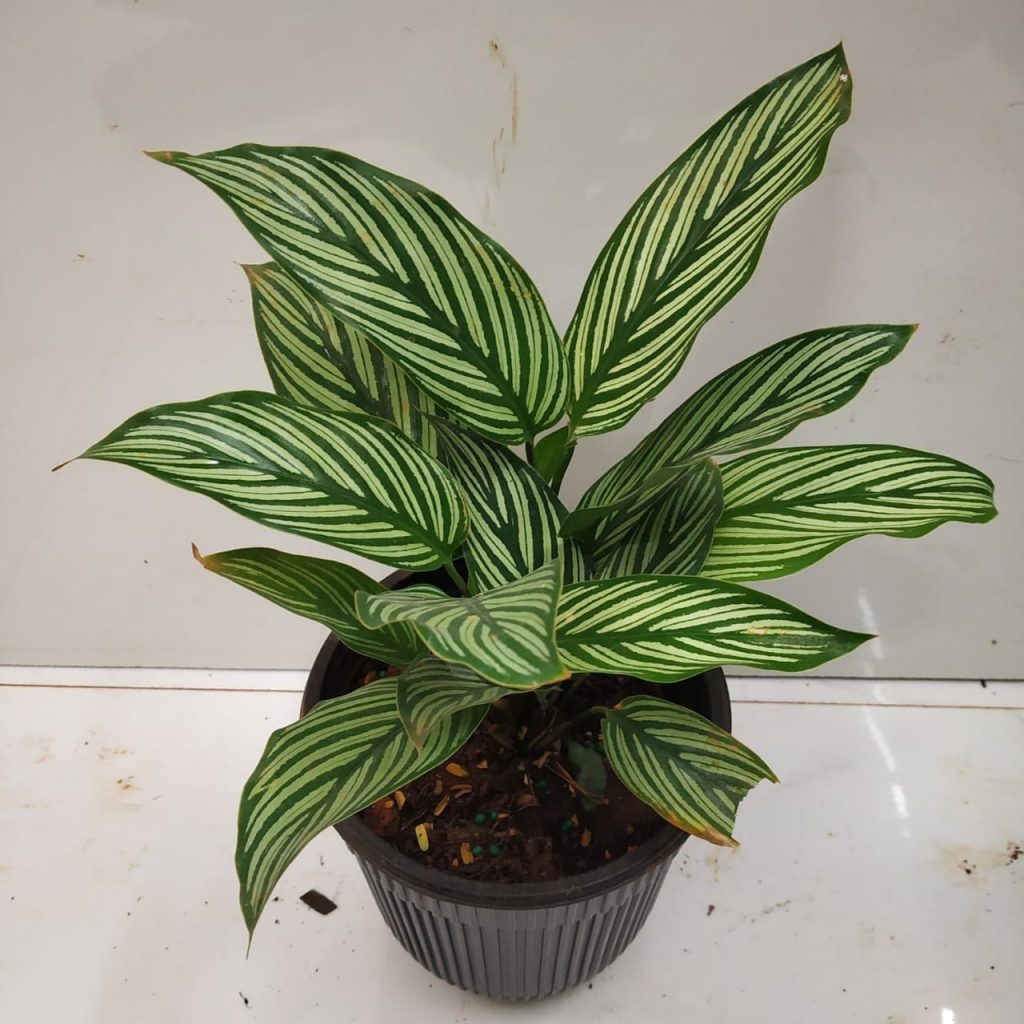
Humidity:
Your Calathea will also appreciate being placed in a humid environment, which you can create with by misting it frequently, placing it close to other plants or on a pebble tray partly filled with water. Calatheas thrive in steamy bathrooms and kitchens.
Temperature:
Calatheas enjoy temperatures ranging from 18-25ºC. Avoid abrupt temperature changes and cold drafts.
Fertiliser:
Feed with general houseplant fertiliser monthly during the growing season (spring to summer).
Toxicity:
Calatheas are non-toxic and suitable for homes with small children and pets.
Additional Care Information:
If your Calathea’s water and humidity needs are being met but it still suffers from yellowing, burnt edges – the problem may be your tap water. Let it sit overnight before watering your plant or switch to filtered water.
Restore their leaves’ natural shine by dusting her with a wet cloth.

Troubleshooting:
- Yellowing leaves and burnt tips: suggests your plant has been scorched by direct sunlight or watered with tap water containing high levels of fluoride.
- Brown or black spots on leaves: indicates the Calathea has been overwatered – let their soil dry before watering again.


